
Nature-Positive
The Group is committed to various initiatives aimed not only at conserving the natural environment but also at halting the loss of ecosystems on Earth and putting them on a path to recovery, in line with our goal of achieving Nature-Positive.
Nature-Positive Vision
We have re-evaluated our previous efforts and created the following Nature-Positive Vision and roadmap as a guiding framework to further advance our initiatives aimed at achieving nature-positive.
Nature-Positive Vision
We recognize that the Group's business activities depend on and impact nature. We are committed to promoting initiatives that reduce negative impacts and create positive ones.
- 1.Understand the relationship between the Group's business activities and nature, and respond adaptively to improve those business activities
- 2.Actively promote initiatives to create a decarbonized, recycling-oriented society that contributes to nature-positive
- 3.Appropriately disclose nature-related information pertaining to the Group
- 4.Promote initiatives for the conservation and restoration of biodiversity through dialogue and collaboration with stakeholders
Relationship Between Business Activities and Nature
In order to specifically advance our efforts to achieve nature-positive, we qualitatively assessed and evaluated the relationship of the Group's business activities with nature, utilizing existing tools such as ENCORE*. As a result, we recognized that the Group's direct operations impact nature through land use, water intake, and discharge in operations and the supply chain, while also relying on ecosystem services.
Considering our ongoing forest management activities and other initiatives, we comprehensively evaluated the significance of our relationships with nature. We determined that the connection through the management of inactive mines is the most substantial. Going forward, we will focus our efforts on achieving nature-positive primarily through activities related to inactive mines. Additionally, we will work on identifying business activities and nature-related challenges using location-specific data, setting targets, and ensuring appropriate information disclosure in line with the final recommendations of the TNFD.
- *Exploring Natural Capital Opportunities, Risks and Exposure (ENCORE): A tool developed by the United Nations Environment Programme World Conservation Monitoring Centre (UNEP-WCMC) that visualizes dependencies and impacts on natural capital.
Roadmap for Achieving Nature-Positive Across the JX Advanced Metals Group
First, we will build a model for ecosystem conservation and restoration efforts in inactive mines. We will then expand our efforts to all of our business activities to disclose information in line with the TNFD and other disclosure frameworks. Furthermore, we aim to provide materials with low CFP and low impact on the natural environment by expanding the use of recycled raw materials, in conjunction with our efforts under the Sustainable Copper Vision and the Decarbonization Vision. Through these activities, we will work to manage the impact on nature throughout the entire materials supply chain.
Roadmap for Achieving Nature-Positive Across the JX Advanced Metals Group
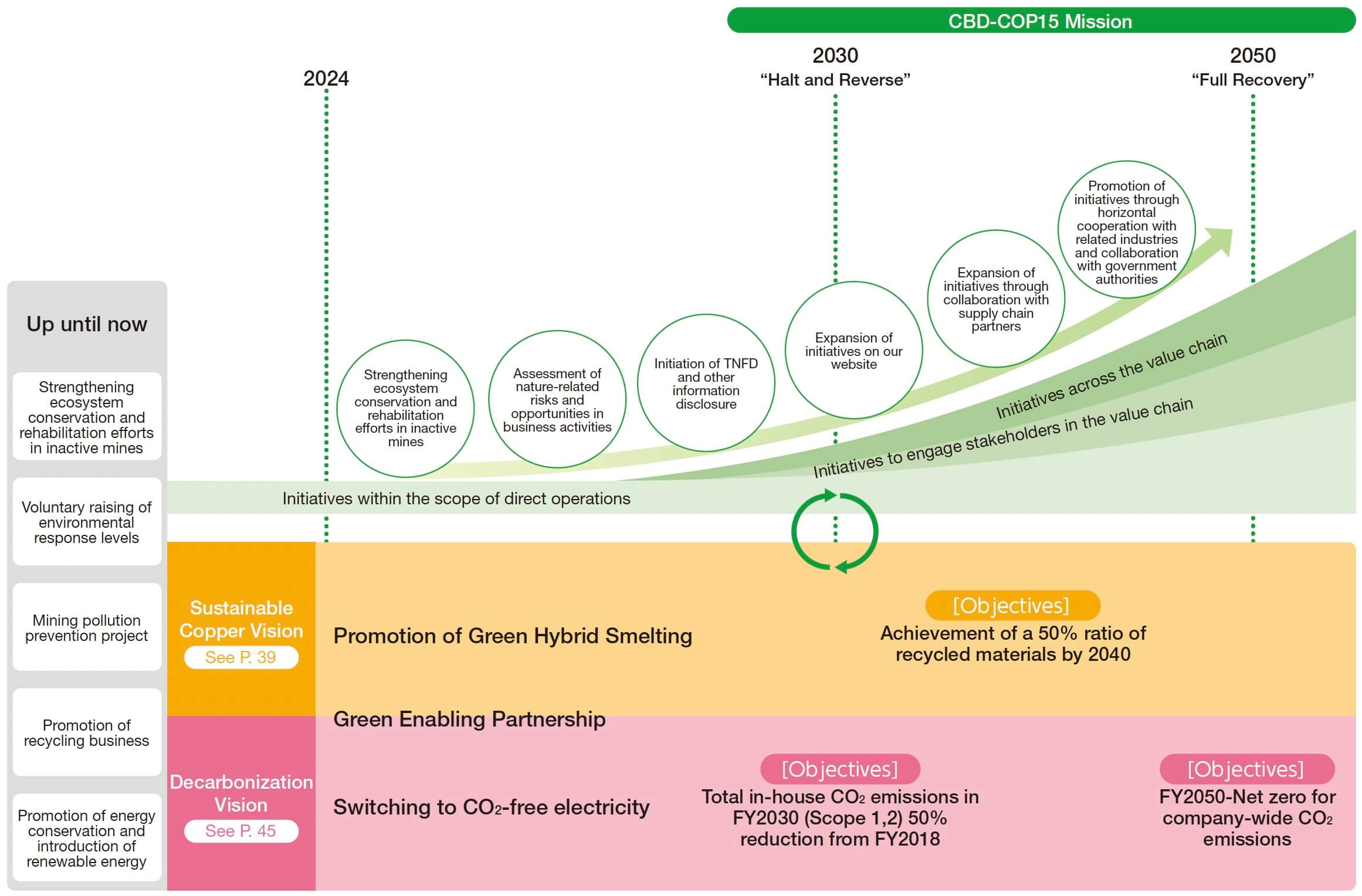
Significance of Initiatives at Inactive Mines
It is essential to maximize the functions of ecosystems through the conservation and restoration of biodiversity in order to achieve nature-positive. The Group's inactive mines, which occupy a vast area of Group-owned land, are predominantly covered by forest. They play a vital role in the local ecosystem by serving as a water source and habitat for various plant and animal species. Therefore, we believe that there is great potential to contribute to the conservation and restoration of biodiversity through appropriate management of inactive mines as ecosys-tems. We will first implement our efforts in the field at inactive mines.
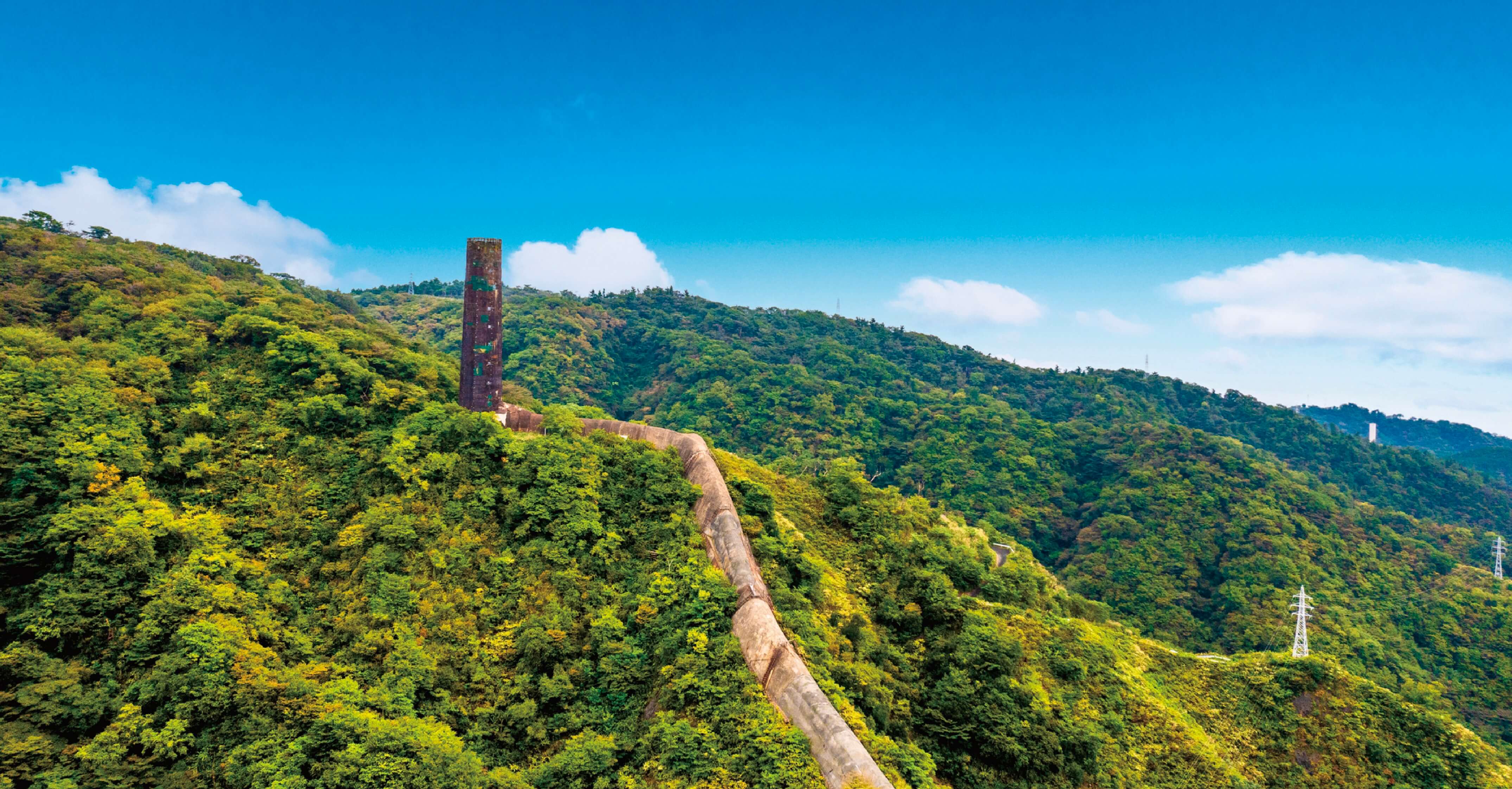
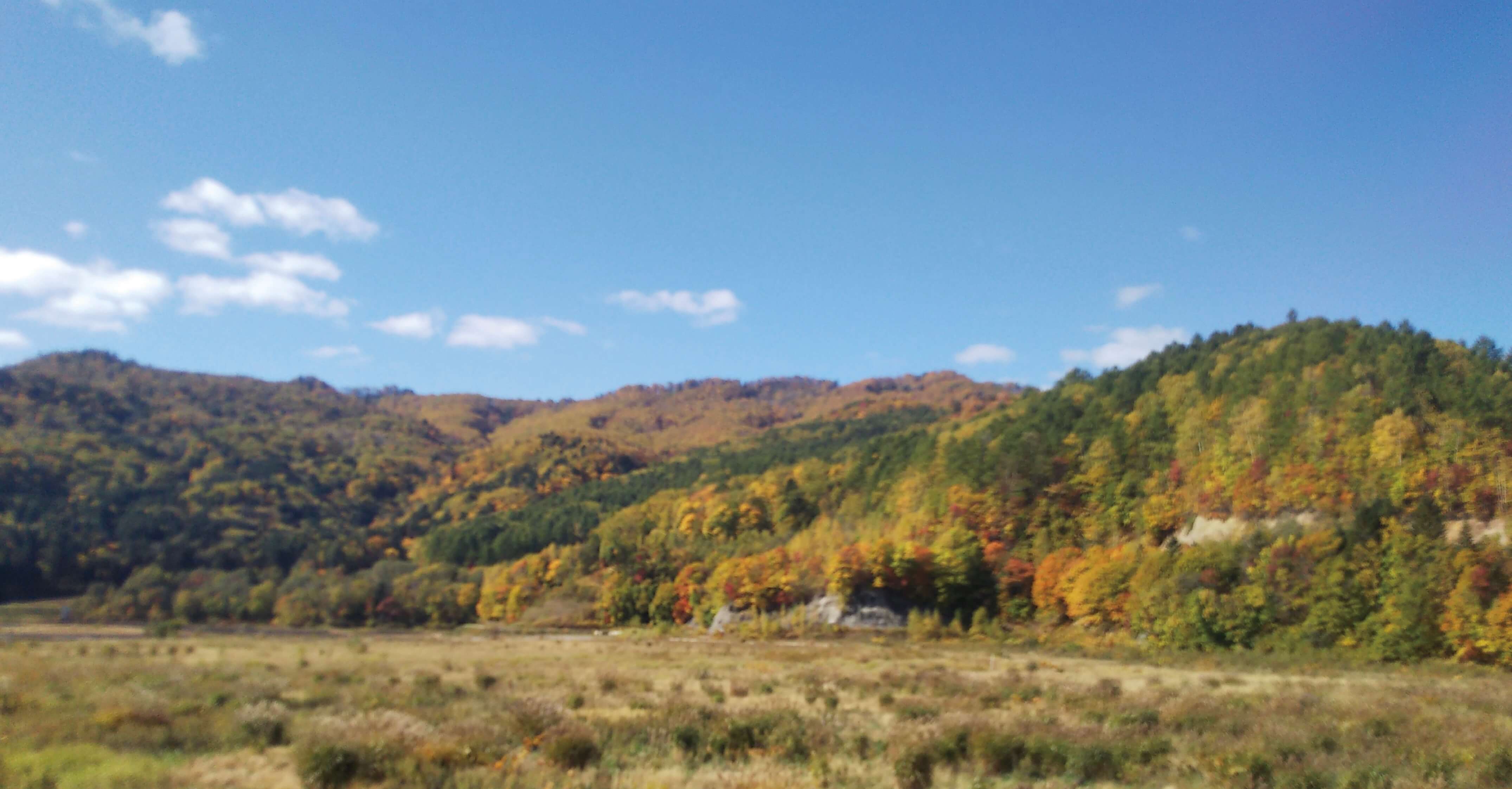
Achieving Nature-Positivity in Inactive Mines
Reassessment of Natural Assets That Contribute to the Achievement of Nature-Positive
While we have supported the Japanese economy through our mining operations, we are aware that our business activities have had an impact on the ecosystem. Aware of this issue, the Group has actively pursued environmental measures since launching operations. Even after closure of the mines, we have implemented proper management practices, such as treating mine waste-water, along forest restoration activities.
As the conservation and restoration of ecosystems become increasingly recognized as global challenges, the Group is reevaluating the potential of inactive mines as natural capital. We will not only continue established practices such as wastewater treatment and forest management, but also actively promote initiatives aimed at biodiversity conservation, vegetation management, and the contribution to solving local issues through leveraging natural functions.
Through these initiatives, we aim to redefine our inactive mines as a Positive Legacies that contribute to a nature-positive approach for the community and society, while promoting the recovery of ecosystems.
Past and Future Progress at Inactive Mines

Roadmap to Achieve Nature-Positive
While continuing our previous efforts, we will focus on achieving nature-positive by first targeting Hitachi Mine and Yoshino Mine as model sites. We will evaluate the ecosystems and ecosystem services in the watersheds where these closed mines are located. Building on the initiatives at the model sites, we will create an ecosystem management plan that systematically outlines the desired states of the ecosystems in the inactive mines and the actions required to achieve that. This will mark the start of our comprehensive efforts to manage ecosystems in these inactive mines.
In the future, we will scale up our efforts to address local issues by leveraging the ecosystem services at the inactive mines, working collaboratively with regional stakeholders. At the same time, we aim to create a more positive impact on the natural environment by expanding the initiatives from the model sites to other mines.
Roadmap for Achieving Nature-Positive at Inactive Mines
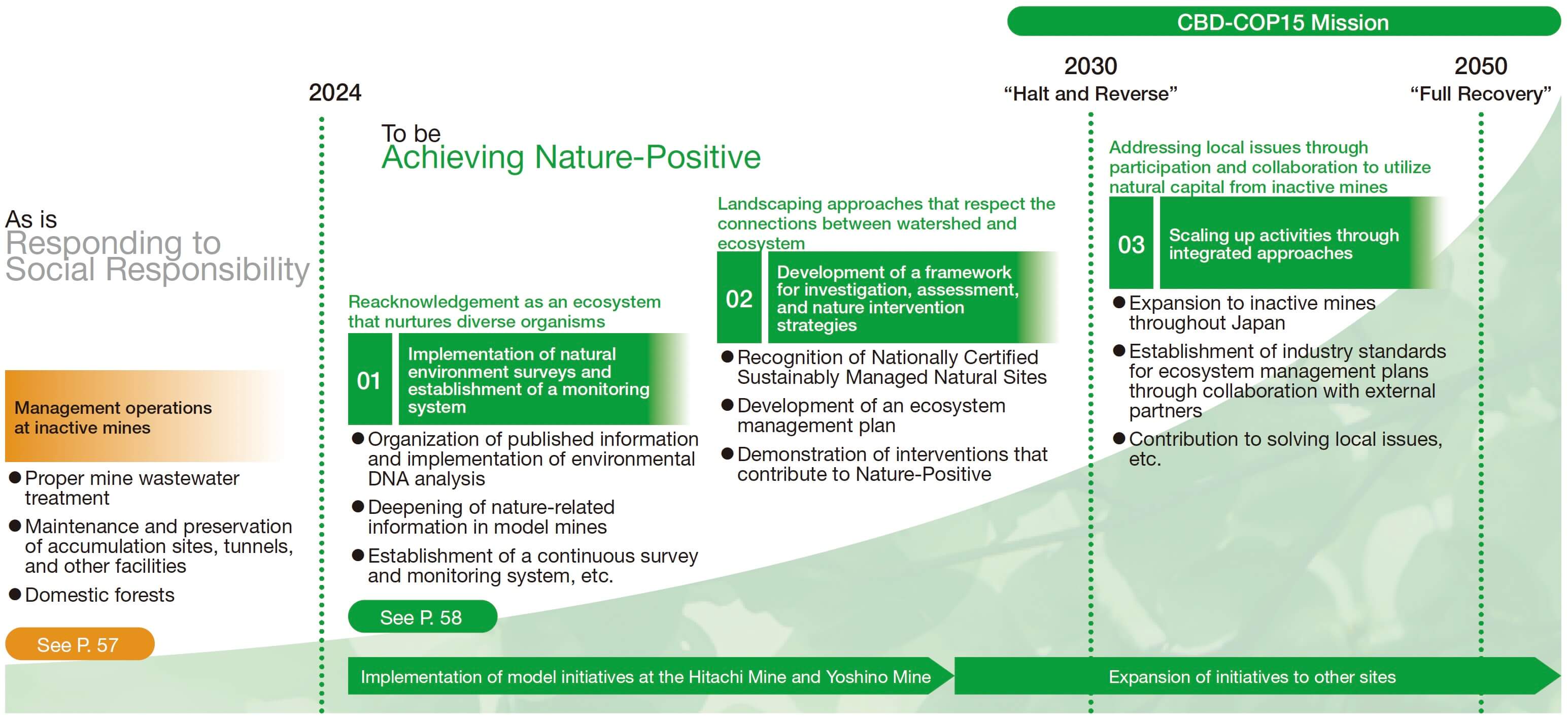
Initiatives From FY2023 to Today
Evaluation of Inactive Mines From a Biodiversity Perspective
The ecosystem of an inactive mine consists mainly of terrestrial ecosystems, such as forests and grasslands, and aquatic eco-systems, such as streams and rivers. To achieve nature-positive, we first analyzed the terrestrial ecosystem condition from a vegetation perspective at 19 inactive mines for which location-area information was available. As a result, the inactive mines evaluated this time were broadly classified into three types: (1) natural forests, (2) natural forests and planted forests, and (3) planted forests and grasslands.
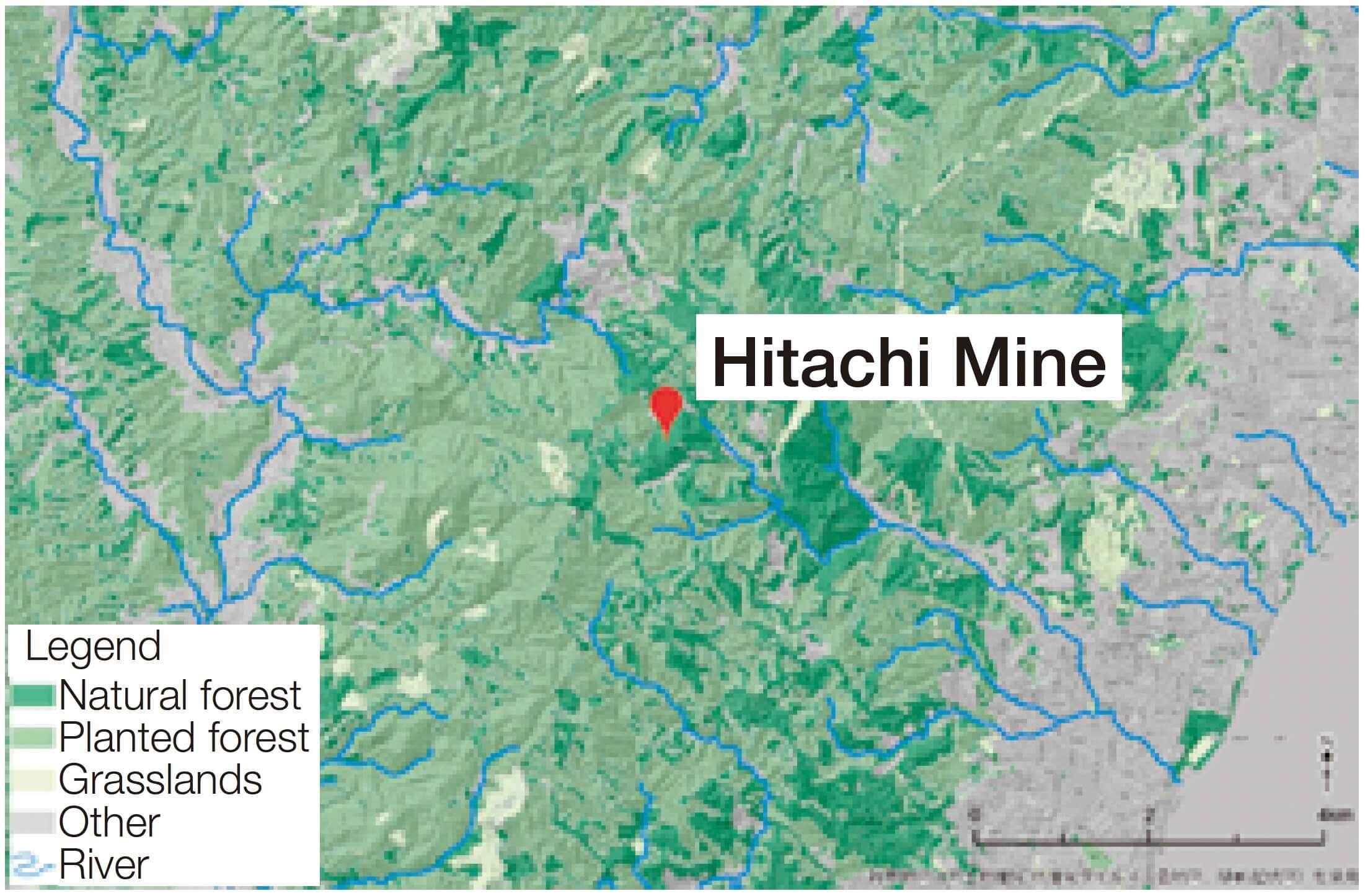
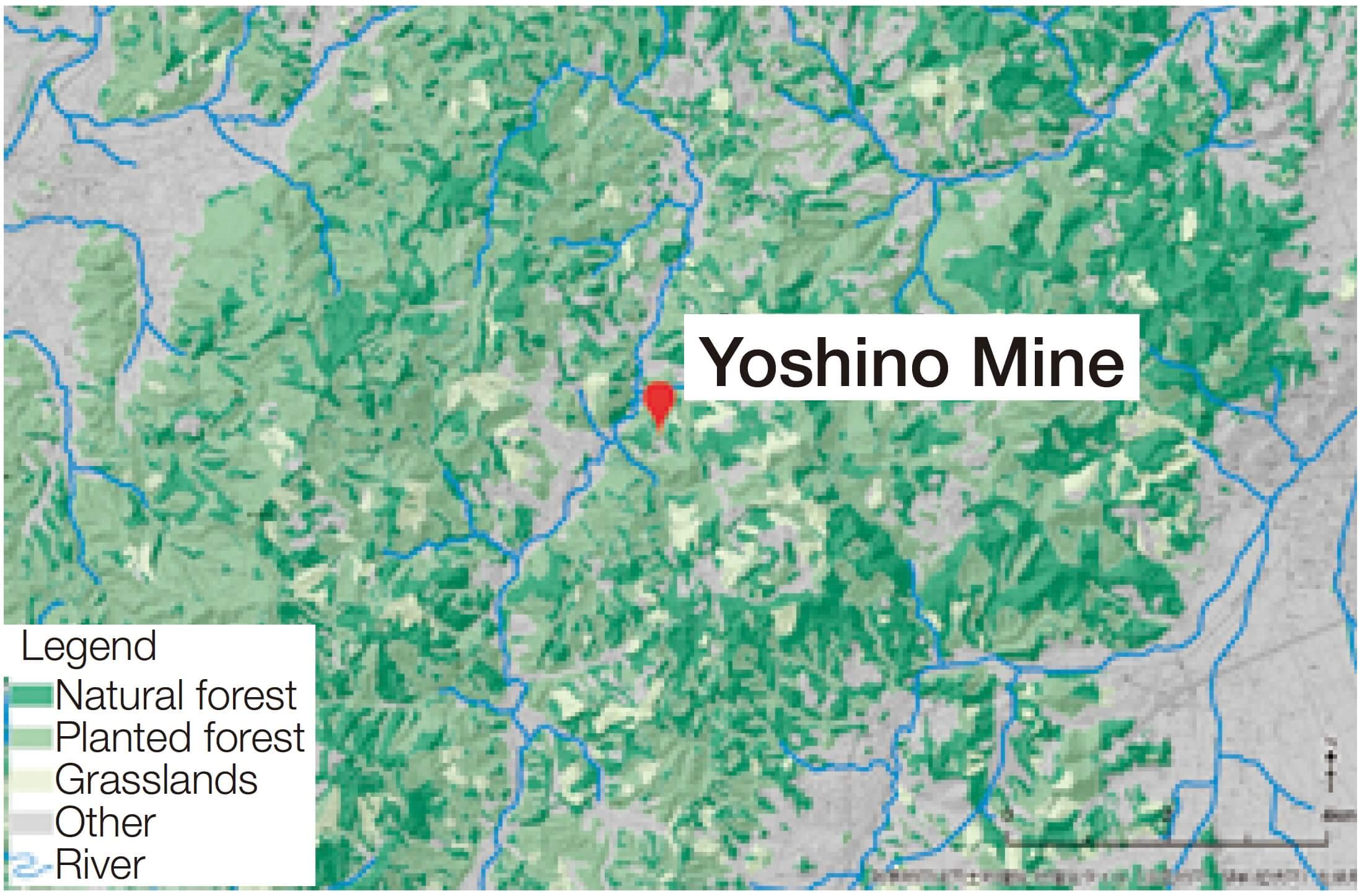
Ogawa Mifuyu, Matsuzaki Sayoko, Ishihama Fumiko (2020). Creation of a Legend for Nationwide Standard Land Use Mesh Data Corresponding to the Ministry of the Environment's 1/25,000 Vegetation Map Legend. Conservation Ecology Research, 25: 117-122.
https://doi.org/10.18960/hozen.1908
Implementation of Environmental DNA Analysis at Model Sites (Yoshino Mine and Hitachi Mine)
Next, to implement initiatives aimed at achieving nature-positive, we selected two model sites: Yoshino Mine and Hitachi Mine. This decision was based on an assessment of the state of terrestrial ecosystems, such as forests, the area of the inactive mines, and the feasibility of proposed initiatives. To gain a more multifaceted understanding of the ecosystem at the model site, we conducted an environmental DNA analysis of the aquatic ecosystem.
As a result, in the Miyata River basin where Hitachi Mine is located, 6 orders, 11 families, and 22 species of fish were identified. Fish species that thrive in relatively good water quality (Salvelinus Cottus pollux etc.), as well as migratory fish (Sicyopterus japonicus and Rhinogobius), were also identified. This suggests that the ecosystem in the Miyata River basin may be showing signs of recovery.
In the Yoshino River basin where the Yoshino Mine is located, 24 species of fish in 5 orders and 9 families, including endangered species, were identified. It has been confirmed that the ecosystem in this river basin supports a fish fauna typical of the upper reaches of the Mogami River system.
- *Please note that the water sampling was conducted at multiple sites and multiple times during the spring and summer, but the results and interpretations are provisional. Moving forward, we will establish monitoring methods for the ecosystems surrounding the inactive mines using environmental DNA analysis. By aiming for the conservation and restoration of these ecosystems, we will contribute to achieving nature-positive in the region.
Organisms Found in the Water Samples
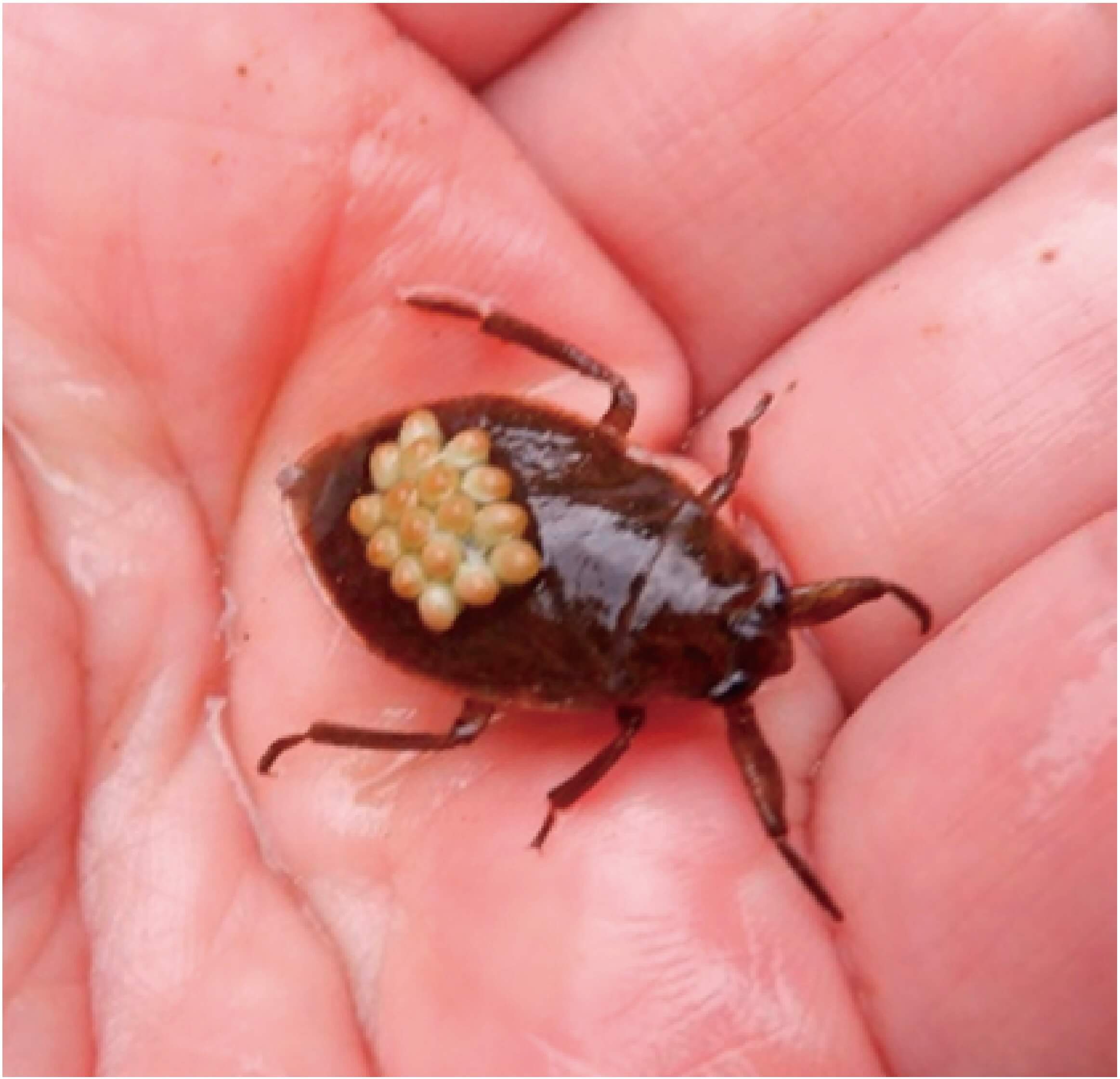
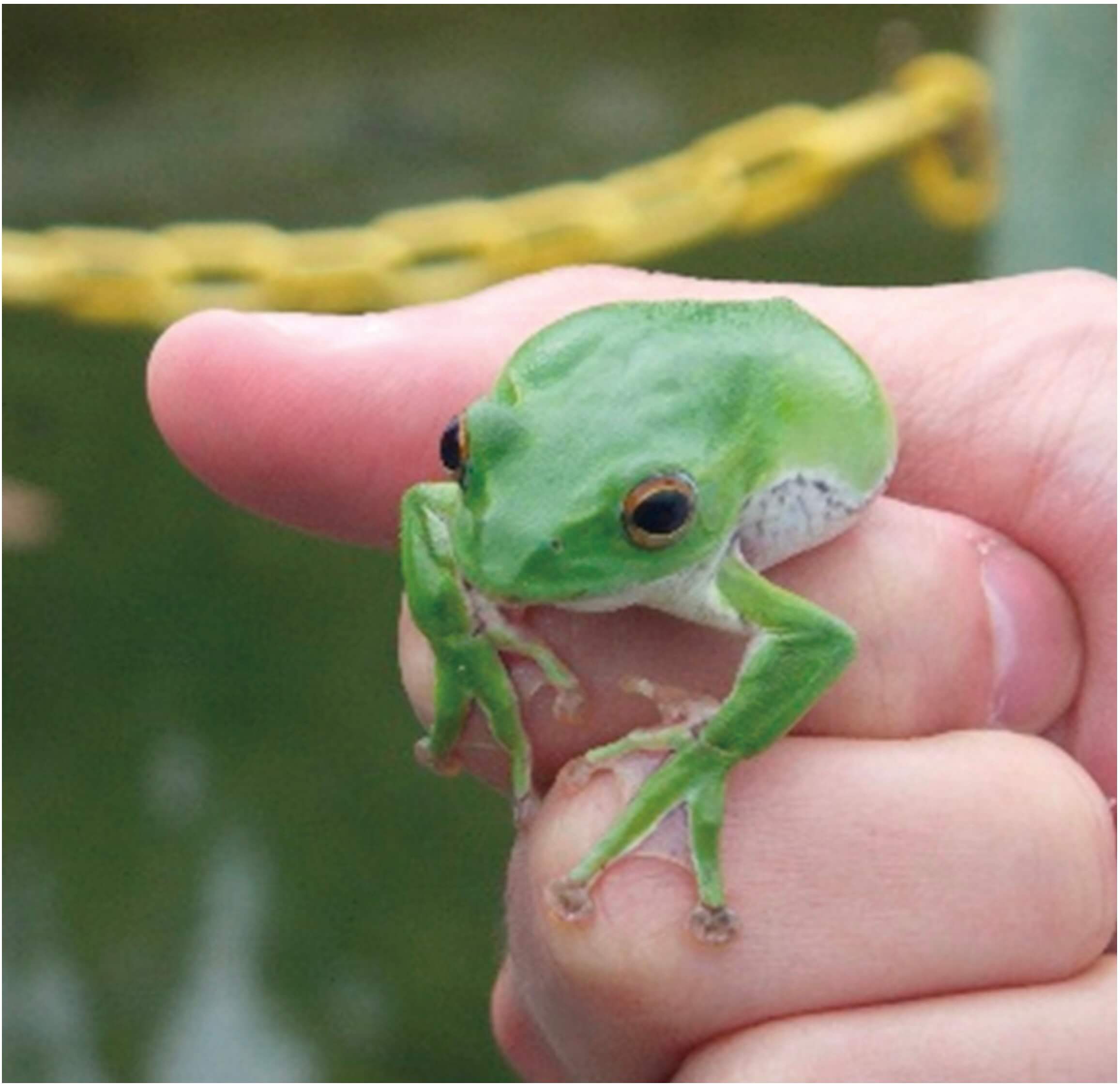
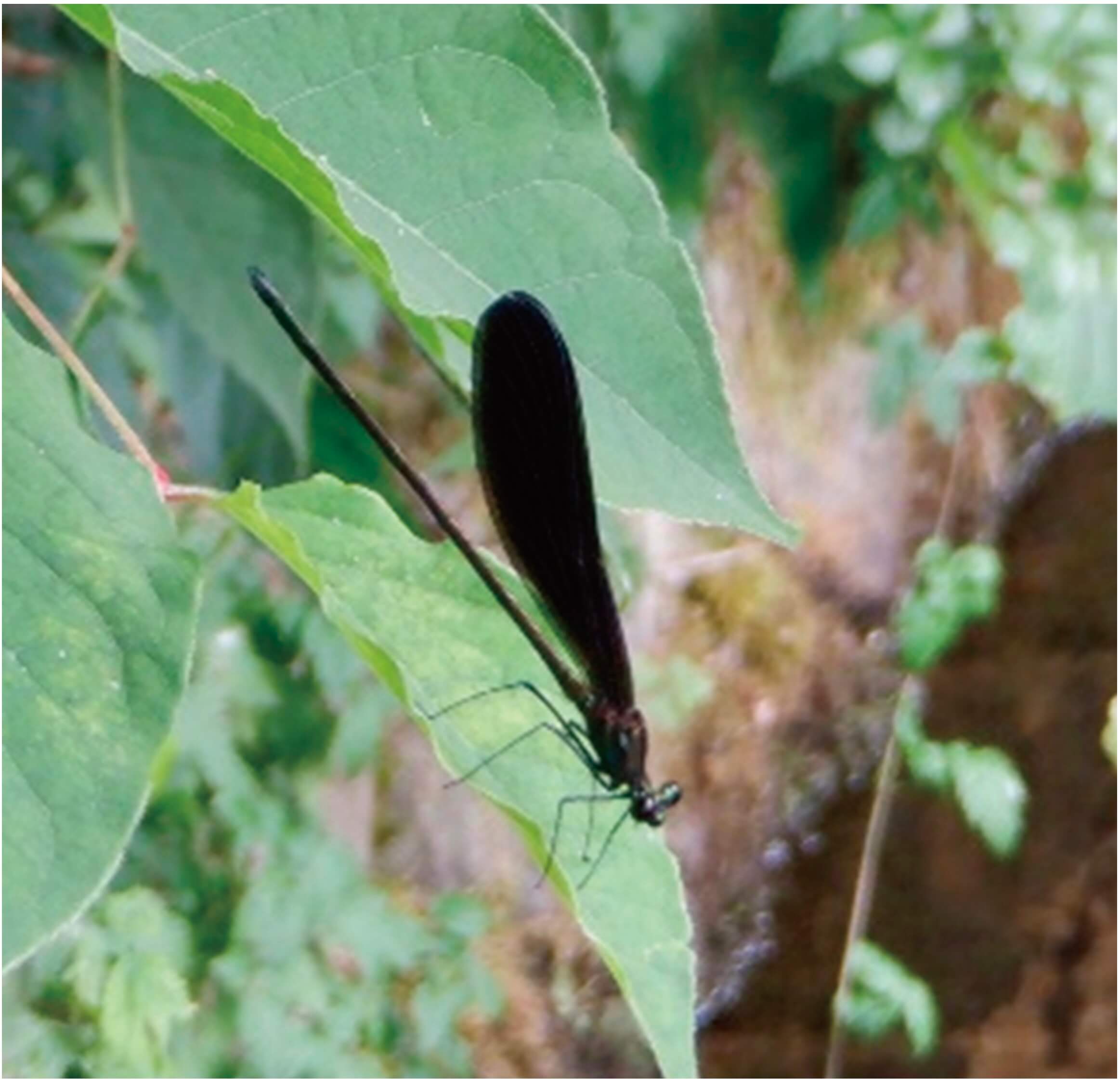
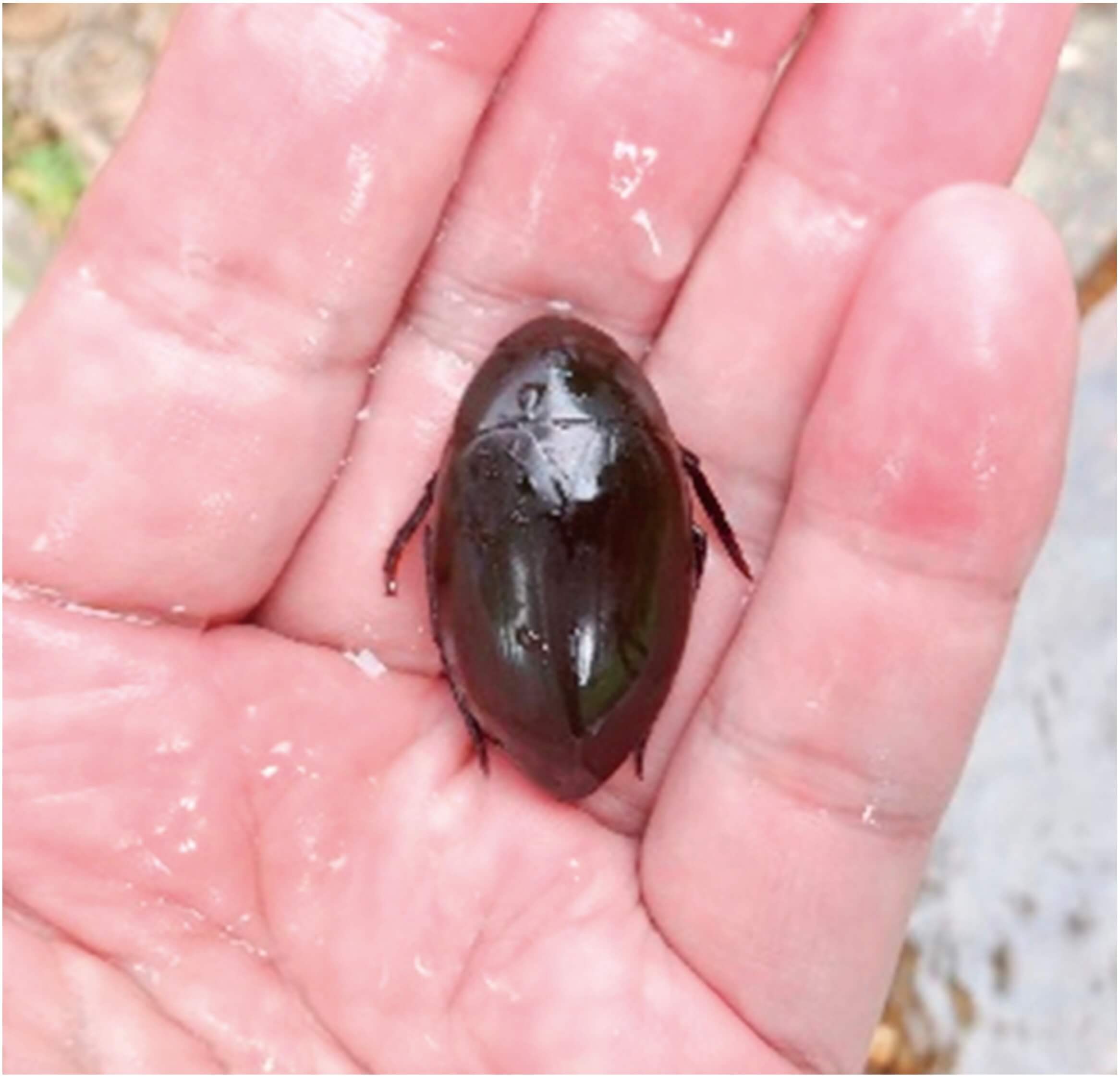
Water Sample Extraction (Yoshino Mine Area)
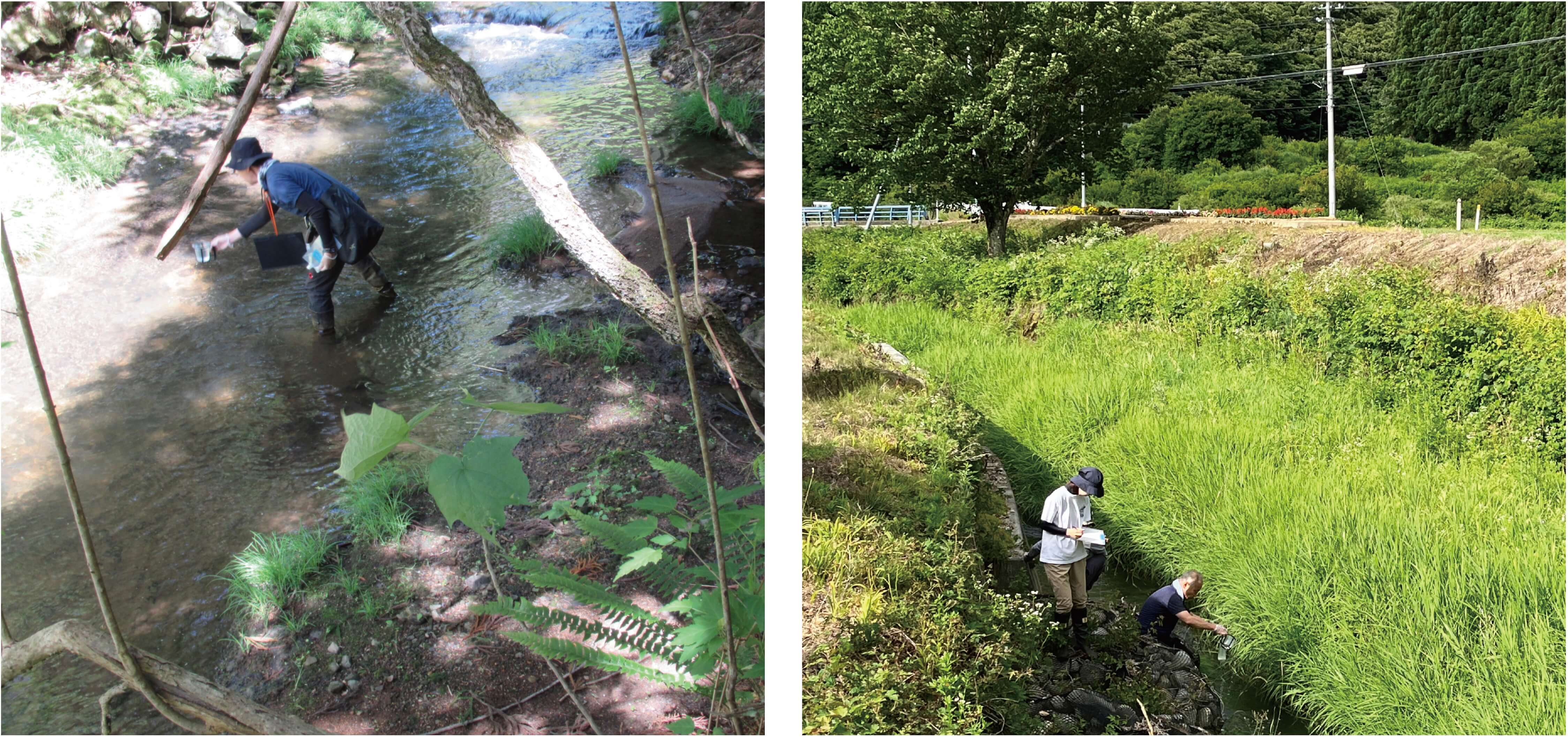
How Environmental DNA Aquatic Life Surveys Work
What is Environmental DNA?
DNA that is released into the environment by organisms such as fish, amphibians, birds, and mammals.
Methods of Investigation Using Environmental DNA
Extraction and detection of Environmental DNA from water collected at the target site. Detection methods can be broadly classified into those that target only a single species and those that detect specific taxonomic groups (e.g., fish) collectively.
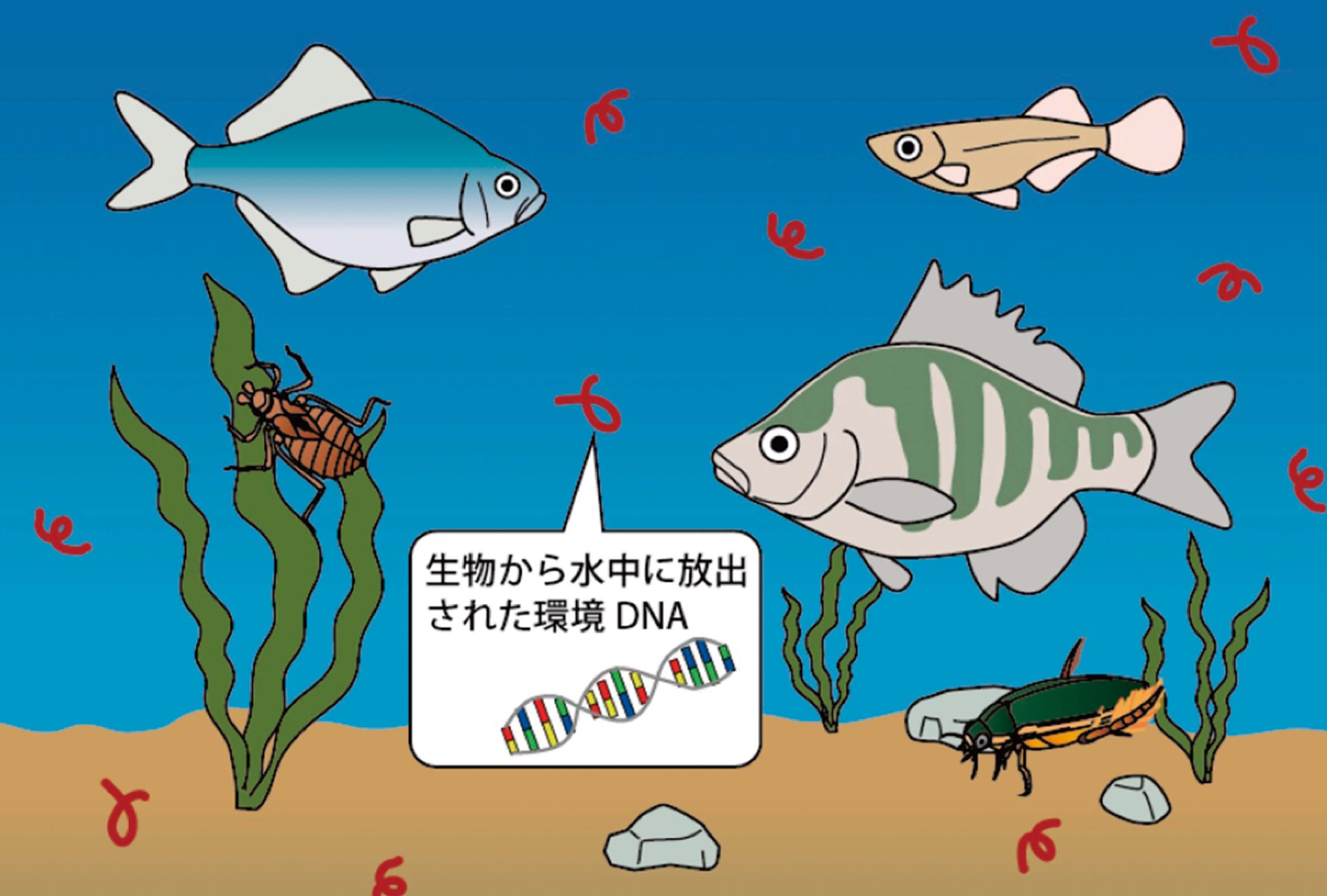
Other Initiatives for Environmental Conservation
The Group recognizes that our daily business activities are supported by the natural environment and the benefits of ecosystems, and we are committed to proactive environmental conservation efforts.
Conservation of Water Resources
In the Group's business activities, we use large quantities of water in our copper mining operations, as well as for cooling water (mainly seawater) used in smelters. With this in mind, we are doing our best to make sure that these sites make effective use of water resources by properly monitoring water consumption and exploring methods for reduced use or reuse. Each manufacturing site has established voluntary standards that are stricter than the emission standards specified by laws and ordinances, and appropriately manages operations to ensure that the standards are not exceeded.
Water Risk Assessments at In-House Plants
The Group assesses and confirms how water risks, such as water shortages, water pollution, and flooding associated with climate change, affect each production site. We use Aqueduct Water Risk Atlas, a water risk assessment tool provided by the World Resources Institute (WRI), to identify what water risks are present. In fiscal 2023, we assessed six of our main production sites in Japan. None of the sites were found to have high water risk in the assessment.
Proper Management of Chemical Substances
The Group has voluntarily established chemical substance management standards, and we strive to mitigate the harmfulness of these substances by controlling their use. In addition, the Green Procurement Guidelines clearly identify substances that must not be included in manufacturing processes, materials, or equipment, and we ensure our suppliers are aware of these. Furthermore, we strive to provide safety information to our customers and all other product stakeholders.
Detoxification Treatment of Equipment Containing PCBs*
The Group contributes to environmental conservation by treating low-concentration PCBs, which helps to neutralize hazardous waste.
We are also proceeding with treatment of Group-owned high-concentration PCB equipment at the Japan Environmental Storage & Safety Corporation (JESCO). We plan to complete the treatment of this equipment by the prescribed deadline. In addition, we are planning the disposal of equipment with low-concentration PCBs through licensed low-concentration PCB treat-ment contractors such as JX Metals Tomakomai Chemical Co., Ltd.; this disposal is scheduled to be completed by fiscal 2024, two years before the disposal deadline.
- *Polychlorinated biphenyls (PCBs): Substances that were often found in insulating oils for transformers and capacitors, as well as in pressure-sensitive photocopiers, due to their excellent electrical insulating properties. However, their toxicity has now led to a ban on their new manufacture and import.
Management Operations at Closed Mines
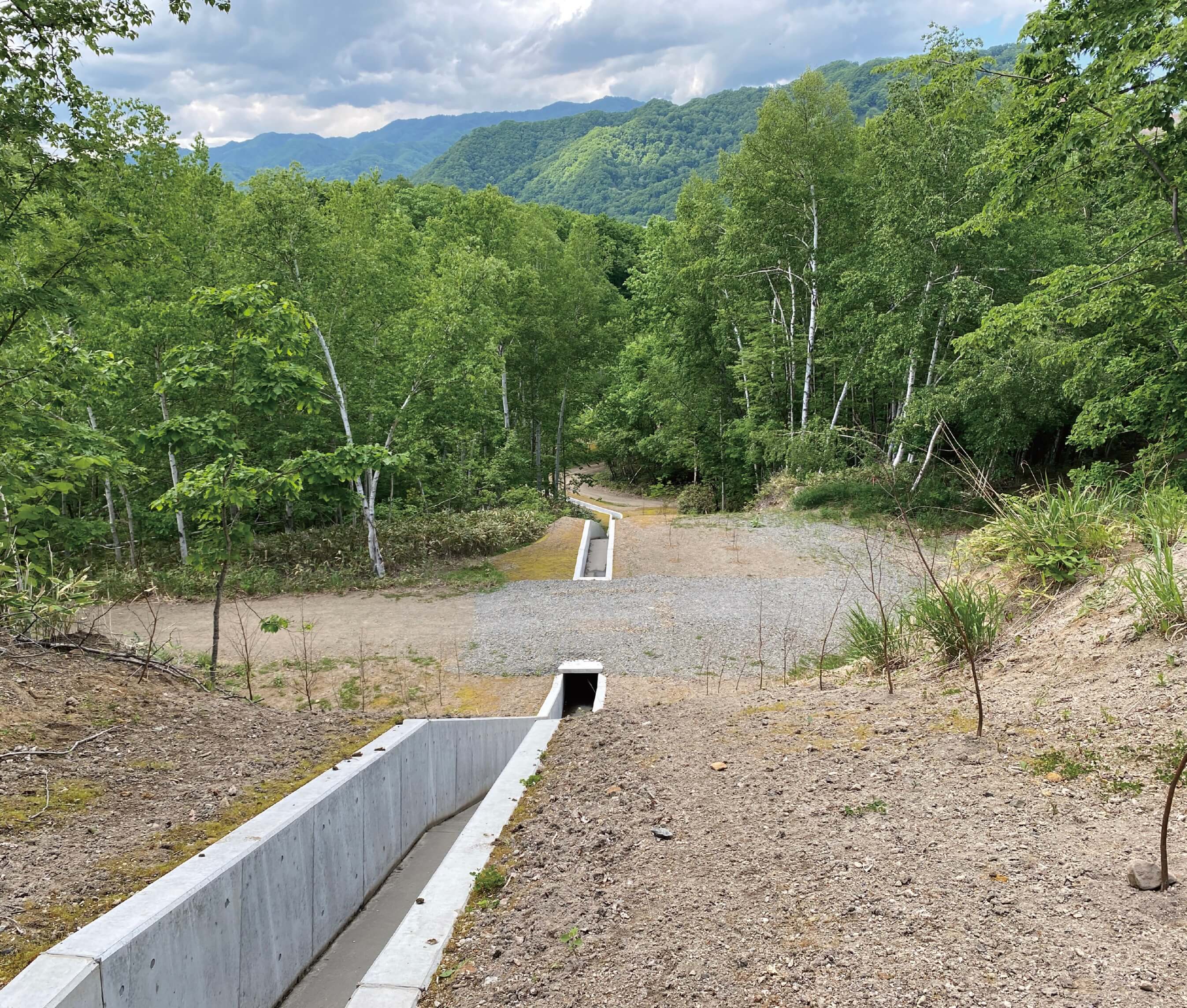
Since our founding in 1905, the JX Advanced Metals Group has been engaged in mining operations across Japan. By ensuring a steady supply of nonferrous metals and other resources, we contributed to Japan's economic growth. In Japan, however, operations have ceased in nearly all mines as their mineral resources have dried up. Still, in closed mines, we provide acid mine drainage (AMD) treatment and work to maintain and preserve the natural environment.
JX Nippon Mining Ecomanagement, Inc. oversees the closed mines managed by the Company. The work mainly consists of detoxifying acid mine drainage (AMD) and maintaining and preserving the tailings dams and galleries of the mining sites. AMD occurs when rainwater or other water comes into contact with materials such as copper concentrates remaining after the mine is closed or the rubble and slag of tailings dams. Since AMD contains metals and is highly acidic, treatment facilities have to operate 365 days a year. As for tailings dams, construction is underway to handle the recent flooding in areas of frequent rainfall and to adapt to large earthquakes. Through the management of these closed mines, we are striving to preserve the natural environment.
